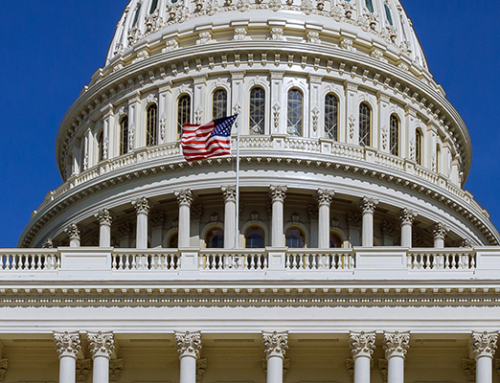Budget Resolution May Impact SSDI and UI
On Tuesday, July 18, 2017, the House Budget committee released its Budget Resolution for FY 2018 and proceeded to hold a mark-up in the Budget Committee on July 19th.
The proposed budget outline sets budget targets for House standing committees.
The committees with primary or sequential jurisdiction for unemployment compensation and/or workers’ compensation related issues were all provided targets with significant deficit reduction goals for the period from 2018 – 2027.
- Ways and Means – $52 billion
- Oversight and Government Reform – $32 billion
- Energy and Commerce – $20 billion
- Education and the Workforce – $20 billion
Click here for the legislative language.
Budget Policy Document
Each committee is charged with finding ways to reduce the deficit and some items of significance were included in the Budget policy document.
In particular the policy document includes provisions to:
- Eliminate the Ability to Receive Both Unemployment Insurance and Disability Insurance. This option would eliminate concurrent receipt of unemployment and disability insurance, a clear example of duplication in the Federal budget. The proposal would give the Social Security Administration the authority to identify fraud and prevent individuals from obtaining benefits from both programs. It is consistent with a similar policy proposal President Trump and former President Obama made in their budget requests. This budget takes the first step to preventing across-the-board benefit reductions to the Social Security program. This policy option could save up to $5.4 billion.
- Congress should establish an independent commission to find tangible solutions to reduce government-wide improper payments by the end of the year. This new commission would be charged with finding ways to tangibly reduce government-wide improper payments by 50 percent within the next five years. This timeframe recognizes that this problem is complex and there is not a silver-bullet solution that could be implemented overnight. Rather, the commission should methodically solicit input from experts within government, such as GAO, and the private sector to determine the best ways to tackle this problem.
- Reform Workforce Development Programs. The Bureau of Labor Statistics February 2017 report found that 7.5 million Americans are unemployed. Yet the bureau also reports 5.6 million job openings. This gap is due in part to the failure of the nation’s workforce-development programs to match workers’ skills with employers’ needs. Our budget calls for further consolidation of duplicative Federal workforce development programs and improved coordination with the reformed workforce development system. In tandem with these efforts, it also supports efforts to ensure career and technical education programs empower state and local leaders in educating students for high-demand, high-skill jobs.
UWC continues to follow the budget policy discussion as well as the legislation in each of the target committees to identify issues related to unemployment compensation and workers’ compensation.





